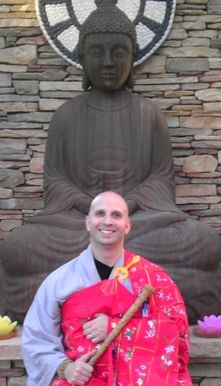Jan 25th we reviewed the Four Turnings of the Mind, also known as the Four Reminders which are
- The rare and precious human life of leisure and opportunity
- Death and impermanence
- The unsatisfactory nature of the cycle of existence – samsara
- Karma – the law of cause and effect
The theme that came up during our group discussion was that of self care. We realize that our life is precious and we want to treat our body and mind with kindness and respect. If we look closely into snacking when watching TV or snacking while working or snacking and reading we see that the eating is done mindlessly unless you are mindful on purpose. Being mindful in this case means simply noticing with full awareness what you are doing without a specific goal. In the background, guiding your awareness, is a sense of our precious life and the opportunities we have to make choices that align with the value we place on it.
 If you can be mindful in that moment and without judgement just notice you are eating a snack you are actually practicing self care and self compassion. Also mindfully eating that snack slows you down and you are free to really make the best choice for yourself in that moment. You can notice how you are feeling – are you stressed, nervous, relaxed, irritated, joyful, or bored? You can notice your body sensations – are you hungry, full, do you have an aftertaste? Can you chew completely, swallow and pause to pick it up in a few minutes? What comes up? All these inquiries are a way to stay present and be mindful while noticing how you are treating yourself in this moment.
If you can be mindful in that moment and without judgement just notice you are eating a snack you are actually practicing self care and self compassion. Also mindfully eating that snack slows you down and you are free to really make the best choice for yourself in that moment. You can notice how you are feeling – are you stressed, nervous, relaxed, irritated, joyful, or bored? You can notice your body sensations – are you hungry, full, do you have an aftertaste? Can you chew completely, swallow and pause to pick it up in a few minutes? What comes up? All these inquiries are a way to stay present and be mindful while noticing how you are treating yourself in this moment.
One resource that was mentioned that speaks about other techniques you can use if you are an emotional eater is a book 50 Ways To Soothe Yourself Without Food – free at Bucks County on https://www.hoopladigital.com/title/11073085
Several people shared their own struggles with maintaining mindfulness. In keeping with the self care theme of tonight’s discussion, the practice of kindness was stressed. Whatever the experience you are having, when you discover that you are doing so mindlessly, be sure to recognize that and reset yourself back to being mindful. Just as we do while meditating, refocus and do so without finding fault with yourself.
We have plenty of opportunities to practice mindfulness in our life. Try to be mindful while you are walking on the experience of walking instead of thinking or the experience of driving, or washing, cleaning, or other activities where you seem to go on autopilot. If you agree that your life is precious and every moment is an opportunity to be present in the here and now then taking up your life as the practice is a worthwhile endeavor. Remember Daily Life is Practice…
–Joe, Phil & Eugene

 Lojong is a mind training practice in the
Lojong is a mind training practice in the 





 Andre teaches high school English and online courses at
Andre teaches high school English and online courses at 

